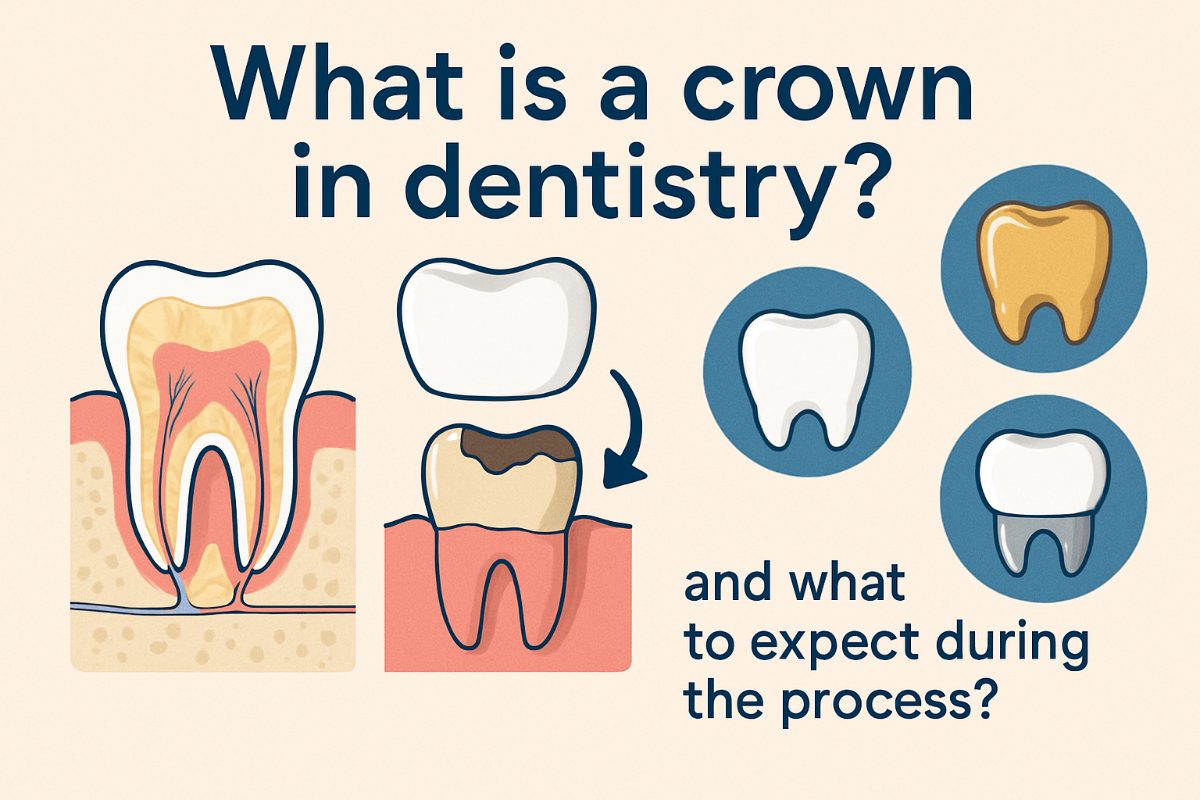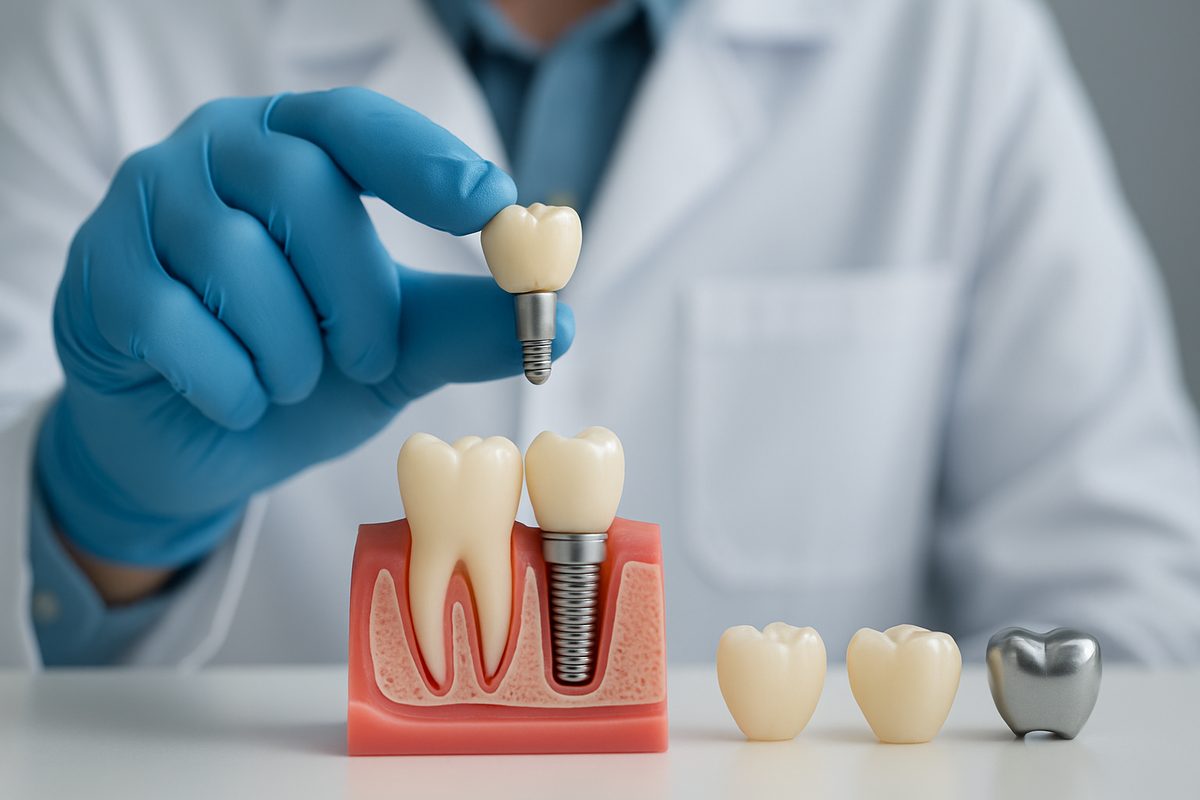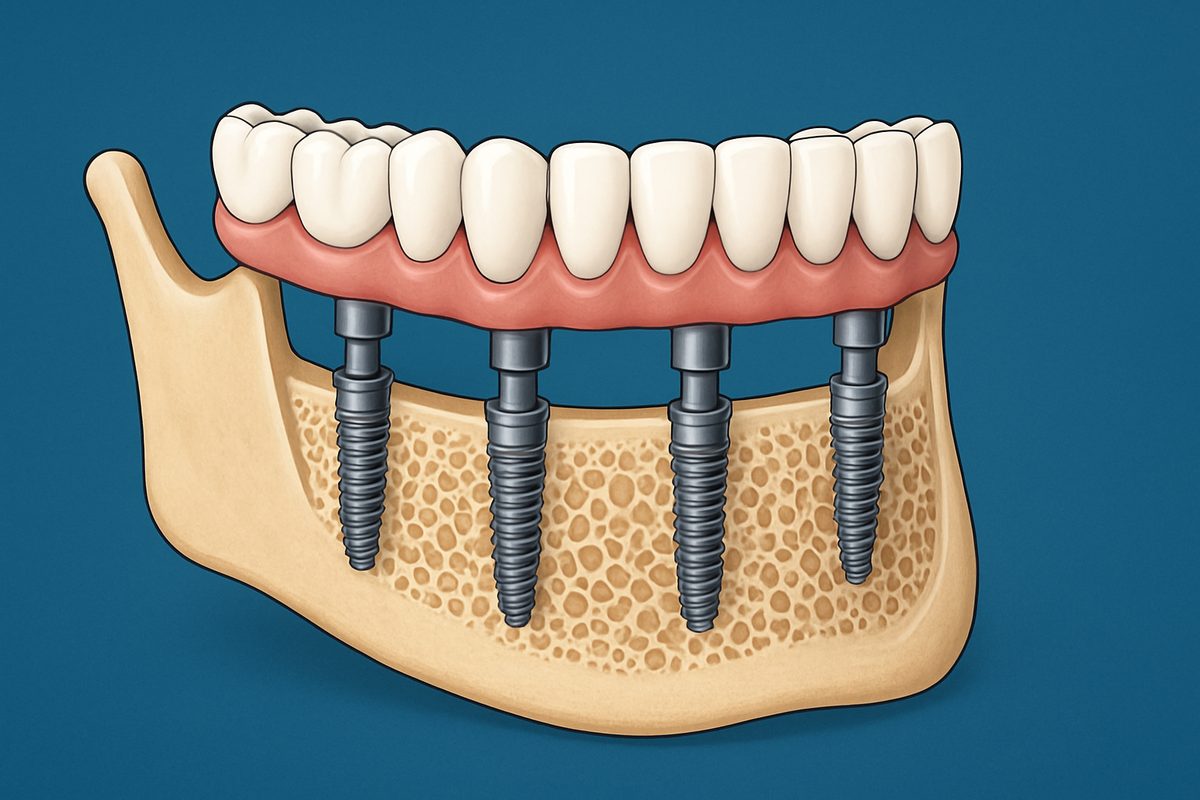Blog - Rapid City, SD
Tips, Facts, And The
Latest In Dentistry

Your Guide To Affordable Dental Plans In California OR What To Know About Affordable Dental Plans By California

Your intro: This post explains what affordable dental plans in california cover, how to compare them, and simple steps to save on routine care and larger treatments. Read on to learn practical tips for picking a plan that fits your budget and helps keep your smile healthy.
What are affordable dental plans in california?
Affordable dental plans in california usually come as PPOs, HMOs, or dental savings plans. PPOs let you see out-of-network dentists but cost more. HMOs require you to pick in-network dentists and often need referrals. Dental savings plans are not insurance — you pay a yearly fee for fixed discounts. PPOs suit people who want choice; HMOs work if you want lower costs and a set network; savings plans help those without insurance.
What do affordable dental plans in california usually cover?
Most plans group services into preventive, basic, and major care. Preventive (cleanings, exams, X-rays) is often covered fully or at high rates. Basic services (fillings, extractions) are partially covered. Major work (crowns, root canals, implants) may have lower coverage or exclusions. Annual maximums commonly range $1,000–$2,000. Expect waiting periods for major services and exclusions for cosmetic work and some implant procedures.
How to compare affordable dental plans in california
Use this checklist when comparing plans: – Premiums vs. deductibles: lower premiums can mean higher out-of-pocket costs. – Network size: larger networks give more dentist choices. – Annual maximum: higher limits protect you during big treatments. – Waiting periods: check how long before major services are allowed. – Pre-existing condition rules: some plans limit coverage for recent problems. – Plan summaries: read the Summary of Benefits for exact coverage and exclusions.
Tips to get the most value from affordable dental plans in california
Schedule twice-yearly cleanings and exams to prevent costly problems. Always use in-network providers when possible to lower fees. Call your insurer before any major procedure for a benefits check or pre-authorization. If a big treatment is needed, ask if parts can be split across plan years to use two annual maximums.
How to cover care not included in affordable dental plans in california
Consider third-party financing like CareCredit, or use FSA/HSA funds for eligible treatments. Dental savings plans can lower costs for services outside insurance. Ask dental offices about in-house payment plans or sliding scales. For large implants or full-arch work, get multiple estimates and ask about staged treatment to spread costs.
Choosing a dentist when you have affordable dental plans in california
Ask if the dentist accepts your plan and for a pre-treatment estimate in writing. Check their experience with procedures that insurers cover poorly (like implants). Inquire whether they use digital tools that cut appointment time—fewer visits often mean lower overall costs. Confirm who will bill insurance and who you will pay directly.
How Carpenter Dental supports patients with limited or no dental insurance
Carpenter Dental (Rapid City, SD) offers transparent financing and works with many insurers for clear cost estimates. Their on-site lab and digital workflow (CEREC same-day crowns, CBCT, guided implant planning) can reduce visits and speed treatment, which often lowers total costs and improves predictability for complex care. They also offer payment options for patients without full coverage.
Quick FAQs about affordable dental plans in california
Q: Are implants covered? A: Usually not or only partially. Q: Can Medicaid help? A: Coverage varies by program and state rules. Q: When should I enroll? A: Enroll during open enrollment or use special enrollment if you have a qualifying life event. Closing paragraph (short CTA): Use the checklist above to compare affordable dental plans in california, confirm benefits with your dentist before treatment, and request a written pre-treatment estimate. If you need help planning care without insurance, contact your dental office to discuss financing and scheduling options.




